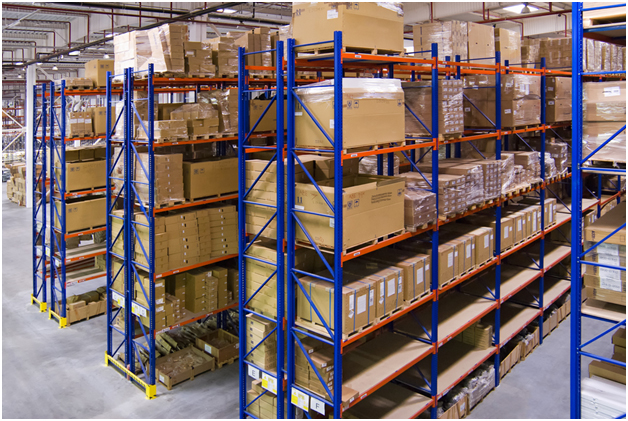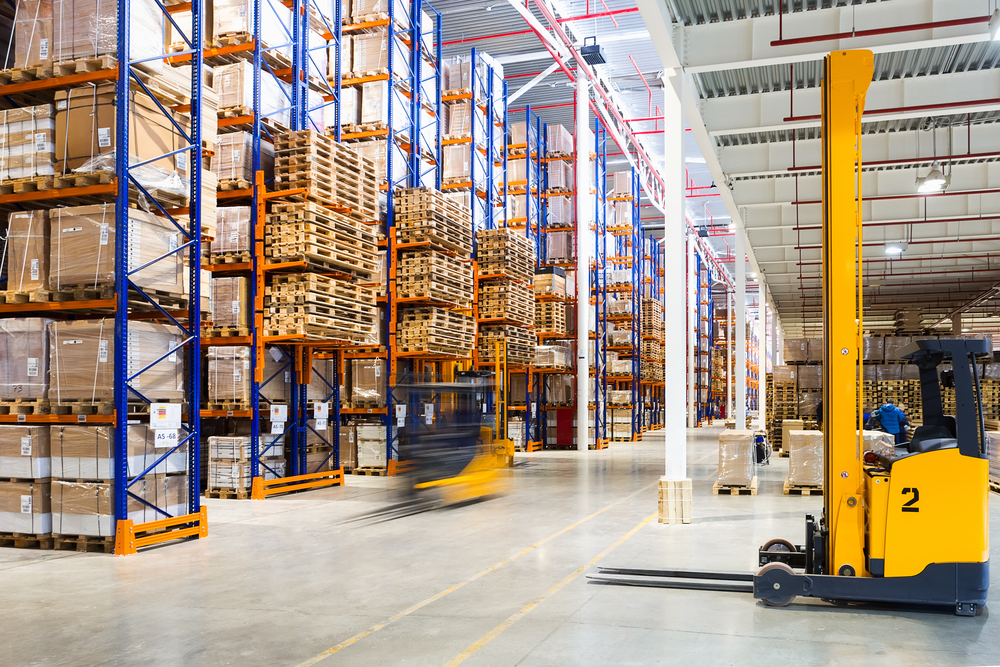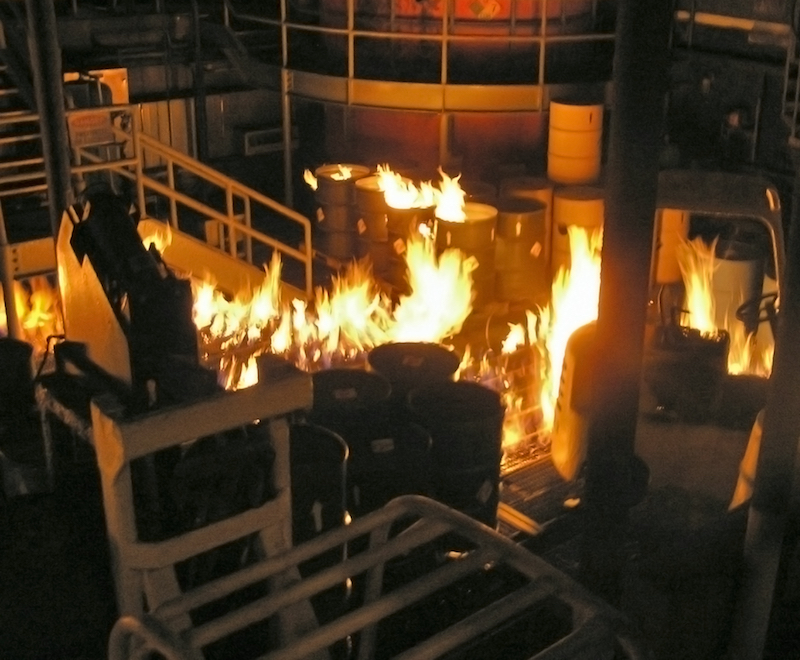Why You’ll Need a SEMA Racking Inspection Course in 2018?
2018 is a year which promises a lot, so be sure to be prepared when it comes to sema racking safety
If you’re a small business owner in charge of a storage system, 2018 is the perfect year to make sure that you and your staff are prepared with regards to racking safety. There are many ways to do this — and a SEMA racking inspection course is one of those ways.
Of course, not all SEMA racking inspection courses are the same, so there are other reasons why you might need a SEMA racking inspection course this year.
Three Reasons to Get a SEMA Racking Inspection Course in 2018…
1. You Want to Become a SEMA Approved Racking Inspector (SARI)
Becoming a SARI is a big commitment, and the first part of that commitment is taking the SEMA Approved Inspector Qualification. So, if you want to start work as a SARI in 2018, this is the SEMA racking inspection course you’ll need to take.
However, not just anyone is able to take the course. Would-be SARIs need to complete a pre-course assessment to see if they are able to train to be a SARI. Most who wind up being SARIs have a background in engineering or something similar. The pre-course assessment is designed to separate the people who are sincerely ready for the commitment and the people who are not.
After the pre-course qualifier comes the course itself. This is an intensive three-day course with a very high rate of failure. It’s why there are only 109 SARIs as of 2018. The reason for this is to ensure the best possible standards. After the course, SARIs need to commit to continuous development by attending courses and top-up seminars when needed. Not doing so means that someone could lose their status as a SARI.
If that level of commitment sounds right for you, 2018 could be the year you take a SEMA racking inspection course and become a SARI.
2. You Are an End User Who Wants to Learn More about Racking Safety
There are a variety of reasons why the end users of a racking system would want to learn more about racking safety or would want their staff to learn more about racking safety. Some are looking to adhere to the law, some are looking to improve employee engagement, and some are just interested.
The CDM Regulations mean that the idea of “competence” is more important than ever. In short, if you own a warehouse, it is your legal responsibility to make sure that the staff working in it are competent. What’s more, HSE’s HSG76 stresses that “technically competent” staff perform an internal, staff-led racking inspection regularly. This is alongside the annual inspection from a SEMA approved racking inspector.
Both the CDM Regulations and HSE’s HSG76 are a reason that you might want you and your staff to attend a racking inspection course. Doing so will likely ensure that you and your staff are competent both in the eyes of HSE and the CDM Regulations.
3. You Are an End User Concerned About Brexit
With the lack of knowledge surrounding Brexit, investing in you and your staff’s knowledge and overall engagement with a racking inspection course is a great response. Moreover, without the EU’s influence, British safety organisations such as SEMA may become much more influential players in terms of racking safety legislation post-Brexit.
Put all that together and end users have a pretty compelling reason to learn more about SEMA’s take on racking safety with a SEMA racking inspection course in 2018. As well as SEMA’s course for would-be SARIs, SEMA also offers a rack safety awareness course aimed at end users.
Alternatively, you could take our racking inspection course. Delivered by a SEMA approved racking inspector, the racking inspection course at Storage Equipment Experts can be delivered at our training centre in London or at your workplace anywhere in the UK or Ireland. This is unlike the SEMA course, which can only be delivered at its training centre.
During our course, our SEMA approved racking inspector will tell you everything you need to know about SEMA’s approach to racking safety, as well as all of the relevant British and Irish legislation which affects racking safety.
To book a racking inspection course led by a SEMA approved racking inspector, contact us today for a FREE consultation.











